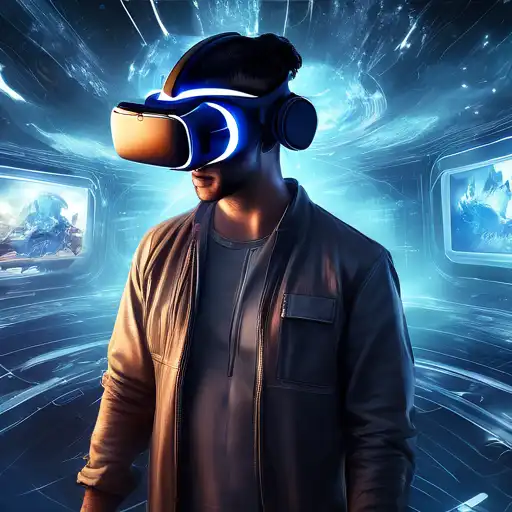Introduction to Virtual Reality
Virtual Reality (VR) has transcended beyond the realms of science fiction to become a tangible, immersive technology that offers users a new dimension of experience. By simulating environments, VR allows individuals to interact with 3D worlds in a way that was previously unimaginable. This technology is not just revolutionizing the gaming industry but is also making significant impacts in education, healthcare, and real estate.
The Technology Behind VR
At its core, VR technology relies on headsets equipped with sensors and screens to create a simulated environment. These devices track the user's movements, adjusting the virtual scene accordingly to provide a seamless experience. Advanced VR systems incorporate haptic feedback, enabling users to 'feel' virtual objects, further enhancing the immersion.
Applications of Virtual Reality
VR's applications are vast and varied. In the gaming sector, it offers players an unparalleled level of immersion. Educational institutions are using VR to simulate historical events or scientific phenomena, providing students with a hands-on learning experience. In healthcare, VR is being used for surgical training and patient rehabilitation. The real estate industry benefits from virtual tours, allowing potential buyers to explore properties remotely.
The Future of VR
The future of VR is bright, with continuous advancements in technology making it more accessible and realistic. The integration of artificial intelligence and VR is expected to open new avenues for personalized experiences. As the technology becomes more affordable, its adoption across various sectors is anticipated to grow exponentially.
Challenges and Considerations
Despite its potential, VR faces challenges such as high costs, the need for powerful hardware, and concerns over user safety and privacy. Addressing these issues is crucial for the widespread adoption of VR technology.
Virtual Reality is reshaping how we interact with digital content, offering experiences that are as close to reality as possible. As technology evolves, the possibilities are limitless, promising a future where virtual and physical worlds merge seamlessly.
For more insights into the latest technological advancements, explore our Tech Innovations section.
